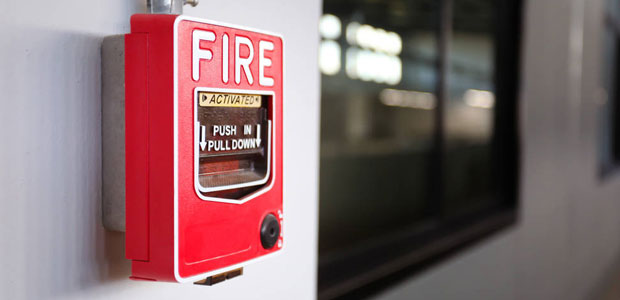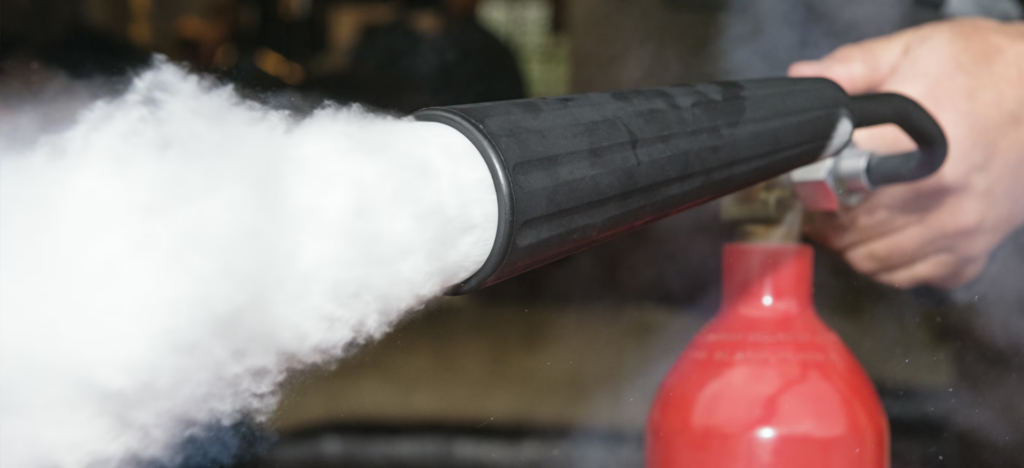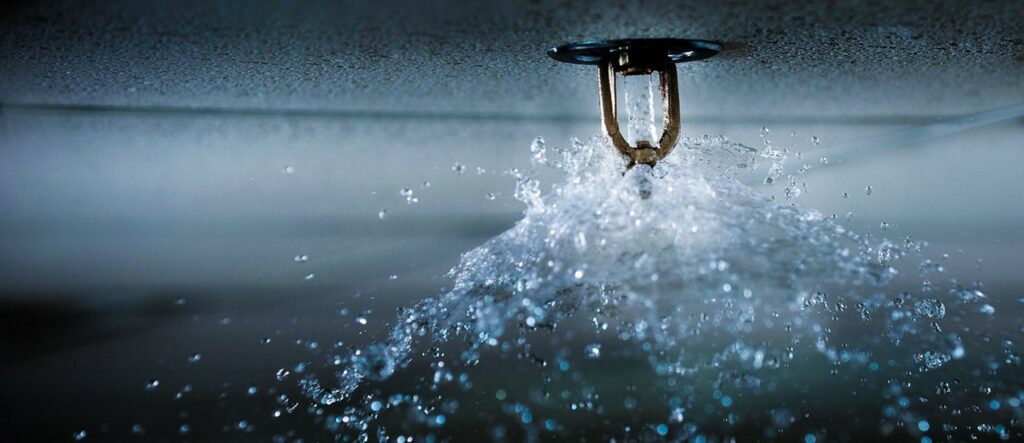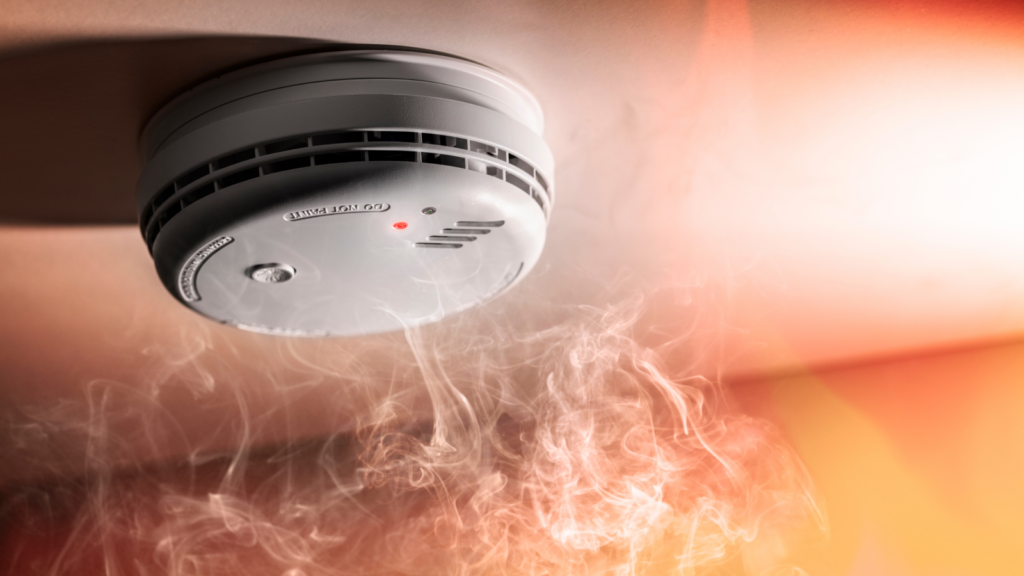
Contents
When it comes to fire safety, there are numerous misconceptions that can lead to dangerous situations. Whether fueled by movies, TV shows, or simple misunderstandings, these myths can create a false sense of security or lead to improper fire safety practices. In this article, we’ll debunk some of the most common fire safety myths and set the record straight.
Myth 1: Extinguishers Have an Expiration Date
The Reality: It’s easy to assume that the dates punched on a fire extinguisher represent an expiration date, after which the extinguisher becomes unusable. However, this is a common misconception. The dates usually indicate when the extinguisher was last serviced or needs to be inspected next. If a fire extinguisher is kept in good repair and maintained properly, it doesn’t have a standard expiration date. Regular inspections and servicing ensure that the extinguisher remains in working condition for years. So, don’t toss out your extinguisher just because you see a date—check its maintenance schedule instead.
Myth 2: CO2 Extinguishers Are the Most Common and Best Extinguishers

The Reality: CO2 extinguishers are frequently depicted in movies and TV shows, leading many to believe they are the best and most common type of extinguisher. This is largely due to their clean discharge, which makes them ideal for multiple takes in film production. However, in real life, CO2 extinguishers have limited applications and are not as effective for general use. They are best suited for electrical fires or flammable liquids but don’t pack the same firefighting punch as an ABC multipurpose dry chemical extinguisher. ABC extinguishers are versatile, capable of handling a variety of fires, and are much more common in homes and businesses. However, they do leave behind a messy residue, which is why they’re not as glamorous on screen.
Myth 3: All Sprinkler Heads Activate at Once

The Reality: Another myth perpetuated by Hollywood is that all sprinkler heads in a building activate simultaneously when a fire is detected. The truth is far less dramatic. In modern sprinkler systems, only the sprinkler heads directly above the fire will activate, targeting the affected area and minimizing water damage to the rest of the building. This is because sprinkler heads are designed to respond individually, with the heat from a fire breaking the glass seal on the sprinkler head to release water. There is, however, a type of sprinkler system where all heads activate at once—it’s called a deluge system. These are typically used in industrial settings and are triggered by an external heat sensor, flooding the entire area with water.
Myth 4: Smoke Detectors Are Only Needed in the Kitchen

The Reality: It might seem logical to place smoke detectors primarily in the kitchen, as it’s the area most prone to fires due to cooking. However, this myth overlooks the fire hazards present in other parts of the home. Bedrooms and living rooms often have hidden dangers like overloaded surge protectors, extension cords, and candles—all common culprits for household fires. Bathrooms, with their plethora of electrical devices like hairdryers and curling irons, also pose a risk, especially when outlets are overloaded. Utility rooms, which house furnaces, hot water heaters, and electrical panels, are another often-overlooked danger zone. These rooms also tend to store household cleaners and chemicals, which can accelerate the spread of a fire. Smoke detectors should be installed in every major room of the house, not just the kitchen, to ensure maximum protection.
Conclusion
Understanding the truth behind these common fire safety myths can help you better protect your home or workplace. Properly maintaining fire extinguishers, choosing the right type of extinguisher, knowing how sprinkler systems work, and installing smoke detectors throughout your property are all crucial steps in ensuring fire safety. Don’t let myths lead you into a false sense of security—stay informed and stay safe.
Recent Posts
The Hidden Dangers of Lithium-Ion Battery Fires and How to Prevent Them
From powering our smartphones and laptops to fueling electric vehicles, lithium-ion batteries have revolutionized how
Historic Fires and How they Changed Fire Safety
The Great Chicago Fire (1871) The Great Chicago Fire broke out on October 8, 1871,
Understanding Fire Classes and Their Hazards
Fires are not all the same. They vary in nature, fuel source, and behavior, which
